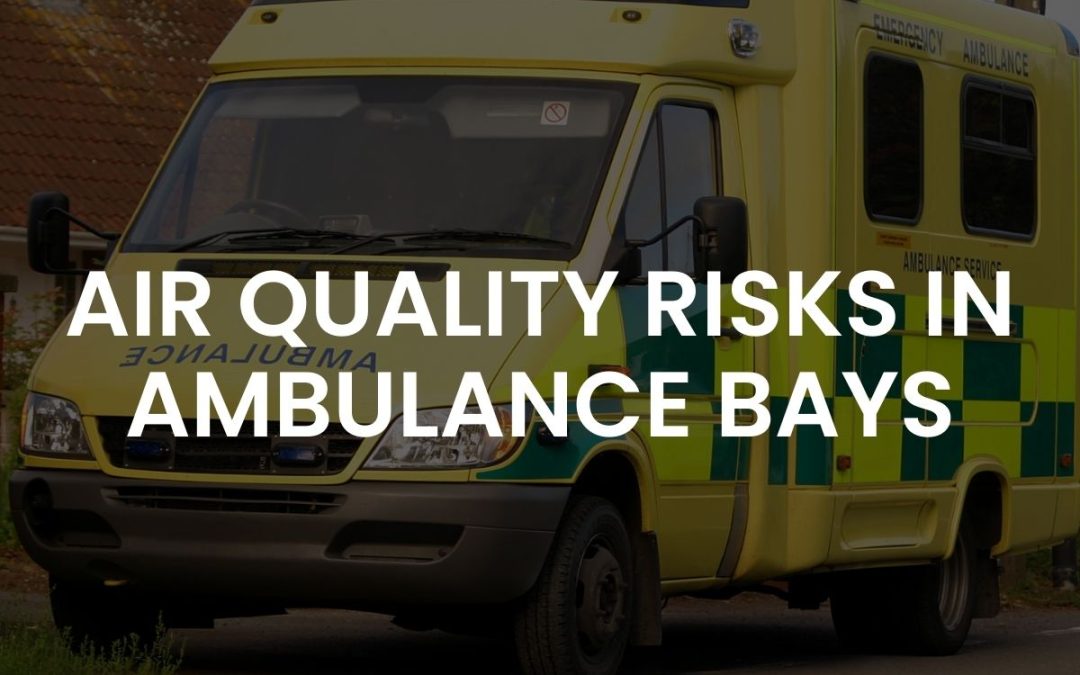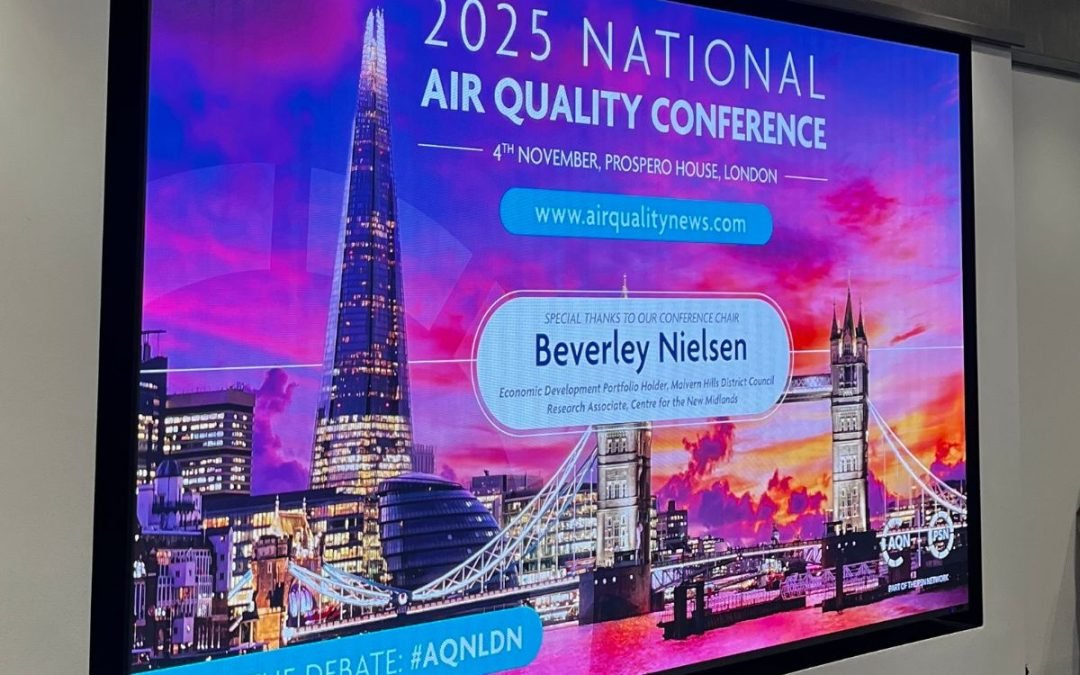When we think about methane emissions and air quality challenges, abandoned oil and gas wells rarely make headlines. Yet new research reveals these forgotten industrial relics pose a significant environmental threat that demands our attention.
New Research Uncovers Alarming Methane Emissions from Abandoned Wells
A groundbreaking joint study by University College London and Tsinghua University has created the first global inventory of abandoned oil and gas wells and their associated methane emissions. The findings are concerning: in 2022 alone, these wells emitted approximately 400,000 tonnes of methane globally from just ten countries.
Perhaps most concerning for UK readers is the identification of “super-emitter” wells in the North Sea that require high-integrity plugging and improved monitoring. These wells continue to leak significant amounts of methane long after their operational life has ended.
What makes these findings particularly troubling? About 90% of these emissions come from unplugged wells – essentially, infrastructure that’s been abandoned without proper decommissioning.
The environmental implications extend beyond immediate air quality concerns. Methane is a potent greenhouse gas with approximately 25 times the warming potential of carbon dioxide over a 100-year period. This makes these abandoned wells significant contributors to climate change despite their relatively low profile in public discourse.
According to the IEA Global Methane Tracker 2025, abandoned coal mines emitted nearly 5 Mt of methane in 2024, while abandoned oil and gas wells released just over 3 Mt. These figures highlight how these legacy industrial sites continue to impact our environment long after their economic usefulness has ended.
The challenge is compounded by the fact that many of these wells are difficult to locate, monitor and remediate. Without precision monitoring, identifying which wells are the worst offenders becomes nearly impossible.
Success Stories in Targeted Environmental Management
The power of precision monitoring and source attribution is already being demonstrated across the UK in various settings. While these examples don’t specifically address abandoned wells, they show how the technology can be applied to complex environmental challenges:
- York’s Air Quality Success: York has met national air quality objectives at all locations for the first time outside of COVID lockdowns, with air quality in key areas improving by 27% in 2024 compared to 2023. This success came through targeted interventions guided by comprehensive monitoring data.
- Oxford’s Eco-Bollards Initiative: Oxford City Council is installing electric hookups along canal towpaths to reduce reliance on diesel engines and wood-burning stoves by narrowboat residents. This targeted approach addresses a specific but often overlooked source of localised air pollution.
- Wiltshire’s Citizen Scientists: Wiltshire is recruiting citizen scientists to help expand their air quality monitoring network, demonstrating how local authorities can increase data collection capabilities while engaging communities.
These examples demonstrate how targeted monitoring leads to effective intervention. The same principles apply to managing emissions from abandoned wells – first identify the worst offenders, then implement appropriate remediation measures.
Take Action with Precision Monitoring
If your organisation is involved in environmental management, oil and gas decommissioning, or regulatory compliance, implementing precision monitoring can provide the data you need to make informed decisions and demonstrate environmental responsibility.
EMSOL’s precision monitoring solutions combine British-engineered hardware with advanced analytics to deliver accurate, actionable environmental data. From initial site assessment through ongoing monitoring and reporting, their team provides the expertise and technology needed to address complex environmental challenges.
Contact EMSOL today to discuss how precision monitoring can support your environmental management objectives and help turn invisible pollution problems into visible, solvable challenges.





